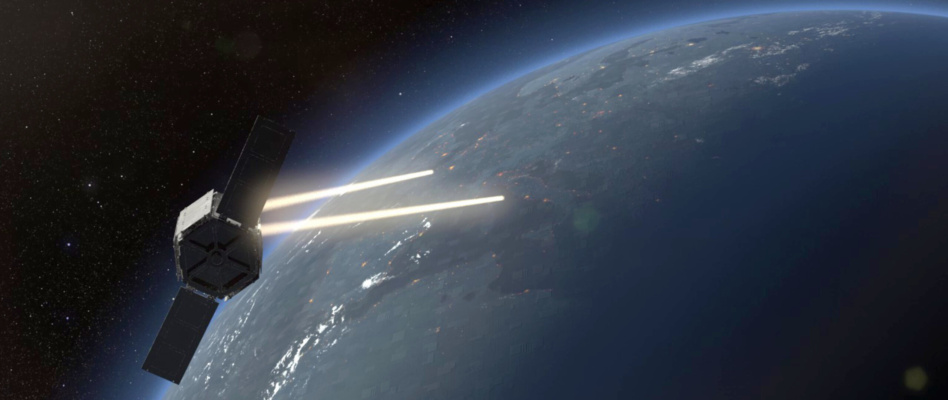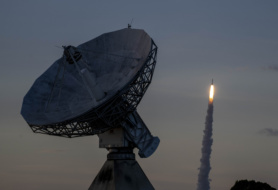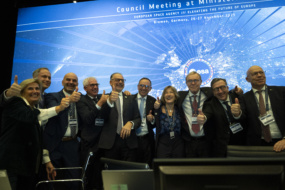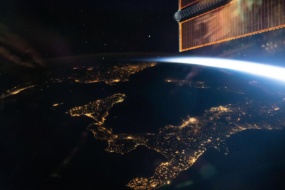ESA signed a €50M contract with Thales Alenia Space this week to begin the initial design of the security and cryptographic mission—shortened, rather creatively, to SAGA—which aims to bring the satellite comms of sensitive government data into the quantum age.
The mission is being funded by ESA’s Advanced Research in Telecommunications Systems (ARTES), and is being supported by multiple space agencies in the region from Germany, Austria, Spain, the Netherlands, France, and Switzerland.
Betting the field: SAGA is the latest in a string of ESA-backed efforts to harden the region’s secure communications networks using quantum technology. Quantum-backed satellite missions in progress, include:
- Eagle-1: This partnership between an SES-led consortium of 20 space companies will demonstrate the feasibility of quantum key distribution (QKD), and lay the groundwork for a future network of quantum and optical comms-enabled sats. The mission reportedly has a total budget of €130M.
- QKDSat: Also a part of the ARTES program, QKDSat is being developed by ESA and Honeywell UK, with support from Redwire and a collection of ESA member states including Belgium, Austria, Czechia, the UK and Canada (a non-European cooperating state). The aim of the satellite is to combine Honeywell’s optical comms payload with Redwire’s quantum tech to create a fully functioning platform for secure government and commercial comms. The satellite is scheduled to be integrated by mid-2026.
How it works: The rise of quantum computing has fundamentally changed the cyber security game. In essence, quantum computers are so advanced that they’re able to crack past current security features with relative ease.
By using QKD technology, organizations are able to even the playing field. By sending photons in specific quantum states, users can communicate with one another with an increased level of security, and the nature of quantum physics makes it such that intercepted comms are immediately detected.
A new SAGA: These investments ultimately place Europe on a path to a vastly different technological future, where communications rely increasingly on quantum and optical communications technology, and less on radio frequency comms.
Europe isn’t doing away with RF anytime soon, however. The region is working to bring optical and quantum comms tech online at the same time as it continues to fund and build the 290+ sat IRIS2 constellation that will operate with multiple comms modes, including radio frequencies. As satellite operators across Europe have repeatedly pointed out to Payload, the makeup of Europe’s long-term communications network isn’t a zero-sum game.
Ultimately, these technologies aren’t competing with one another, but working together as part of a diverse network in the pursuit of providing reliant, resilient, and robust connectivity across the continent for a variety of commercial and institutional use cases.




